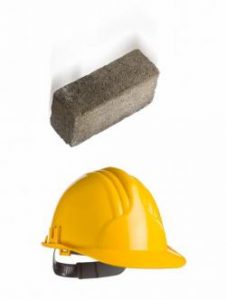We’ve had many articles about workplace safety and that in order for you to have a successful workplace safety program you need not only employee buy-in, but also management buy-in. If the management can show its leadership and commitment to promoting and ensuring a safe workplace, getting staff to fall in line is easier.
Dr. Isabel Perry, CEO of The Safety Doctor, a workplace safety app, recently posted a blog about the 18 examples of management involvement she has observed visiting job sites and conducting workplace safety interviews, benchmarking, safety conferences and more.
These are the specific examples she identified of how a manager can show active safety leadership:
1. Creating a company safety committee.
2. Asking that safety functions, when assigned, report to the committee chair.
3. Having a board of directors’ safety and health committee.
4. Holding a monthly company-wide safety meeting where management in charge of safety takes questions and addresses safety issues.
5. Having fatality and recordable incidents reported directly to management in charge of safety at the time of occurrence, or in a given time frame.
6. Ensuring that organizational safety expectations are absolutely clear by asking every member of the organization about them.
7. Being present, and supportive, whenever key safety issues are decided. Demonstrate they are as important as key product and quality decisions.
8. Management in charge of safety should spend daily time in the work environment (factory floor, construction site, work areas) asking people about safety and observing and commenting on issues.
9. Starting every meeting with a discussion of safety or a safety tip.
10. Requiring a formal safety and health plan from every manager, and holding them accountable for results.
11. Delivering the safety vision in person to every business/work unit (rather than sending it out in a memo).
12. Demonstrating commitment by picking up dropped items, moving obstructions, helping out with safety every day.
13. Making it clear that any accident is unacceptable and asking hard questions about everyone, so people know management is serious about having no accidents.
14. Empowering every employee to do what’s right for safety. Support and encourage them when they make a mistake.
15. Trying progressive approaches that fit into the company business strategy and workplace culture.
16. Management should personally attend safety training.
17. Senior leadership should rotate in kicking off safety classes.
18. Management should be well acquainted with the facility safety rules and never violate any rule for any reason. Challenge and hold people responsible for anyone who does.